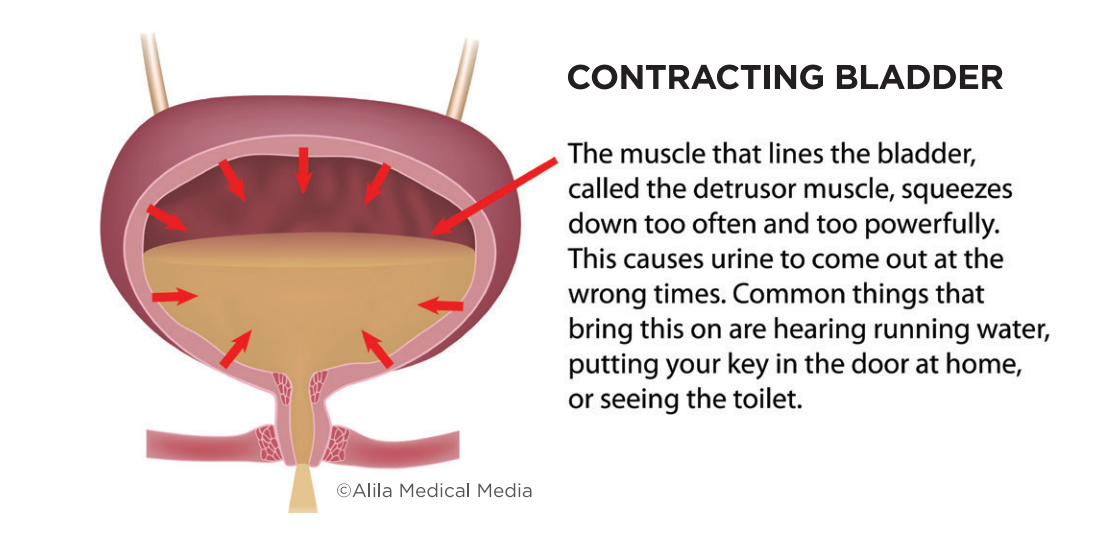
September 1, 2024
Urinary Incontinence Signs & Causes
Incontinence Urinary System & Digestive Tract: Types, Triggers, Therapies Kegel exercises, also called Kegels or pelvic floor muscle training, are exercises for your pelvic flooring muscle mass to aid stop or lower anxiety urinary incontinence. Your pelvic floor muscle mass sustain your uterus, bladder, small intestine, and anus. Problems during labor and giving birth, specifically genital birth, can deteriorate pelvic flooring muscle mass and damage the nerves that regulate the bladder. The majority of issues with bladder control that take place as an outcome of labor and distribution Urethral sling vanish after the muscles have actually had some time to heal. If you're still having bladder problems 6 weeks after giving birth, speak with your physician, registered nurse, or midwife. It can be caused by particular kinds of surgery, such as a hysterectomy. If you do have urine leaks, the amount tends to be bigger than with various other sorts of urinary incontinence. Urge incontinence is a kind of urinary incontinence that causes a sudden, urgent need to pee. You might mistakenly leak urine (pee) prior to you make it to the restroom. Some people pee more than 8 times a day, along with several times throughout the evening. Kegel exercises are an easy means to develop toughness in your pelvic floor muscles. These exercises are done by training, holding and after that unwinding your pelvic floor muscles.Deterrence And Person Education And Learning
Can bladder problems be cured?
- Useful urinary incontinence is the involuntary leakage of pee as a result of ecological or physical barriers to toileting.
- So, if you're bothered with urinary incontinence, try to maintain a healthy weight, consume a healthy diet and change the exhausting workout you do.
- There are a number of different causes of pee leakage and it is essential to recognize before any treatment being launched.
- Urinary rocks are a regular type of clog that creates leakage in urine.
- Urinary urinary incontinence is separated into 3 general types.
What Triggers Urinary Incontinence?
Advise continence and stress continence may result in prostate cancer cells. Incontinence is a prominent adverse effects of prostate cancer therapy. This is a kind of incontinence that occurs throughout activities, such as leaping, coughing, chuckling, sneezing, or lifting. Several of the urinary incontinence causes are medical injury, pregnancy, menopause, giving birth, and pelvic radiation. This is usually pertaining to maternity, childbirth and menopause. Each of these experiences can cause a female's pelvic support muscles to compromise gradually. Though it happens regularly as people get older, urinary incontinence isn't an inevitable effect of aging. If urinary system incontinence impacts your everyday tasks, don't think twice to see your physician. For most individuals, straightforward lifestyle and dietary adjustments or healthcare can deal with symptoms of urinary incontinence. The bladder has muscle mass that tighten when you require to pee. When the bladder muscle mass tighten, urine is displaced of your bladder through a tube called the urethra. At the same time, sphincter muscles around the urethra kick back to let the pee out of your body. Urinary incontinence is the loss of bladder control, or dripping urine. 

Social Links